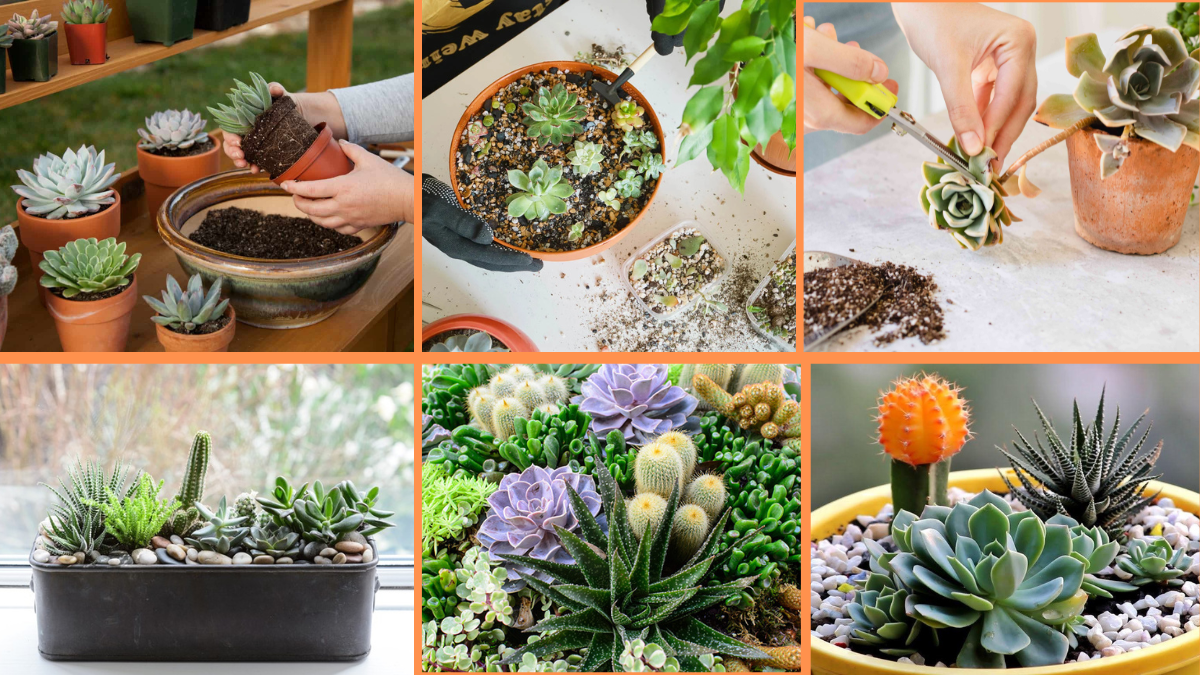Succulent plants have become beloved stars of the plant world, praised for their unique shapes, vibrant colors, and easy-care nature. These drought-tolerant plants hail from arid regions around the globe, storing water in their thick, fleshy leaves, stems, or roots. Whether displayed in charming indoor planters or sun-drenched outdoor gardens, succulents bring undeniable character to any space.
But while they have a reputation for being low-maintenance, caring for succulents requires understanding their specific needs to keep them looking their best. If you’ve found your succulents turning soft, leggy, or discolored, it’s time to refresh your care routine.
Here’s your complete guide to 10 effective tips for succulent care — whether you’re a beginner or a seasoned plant lover.
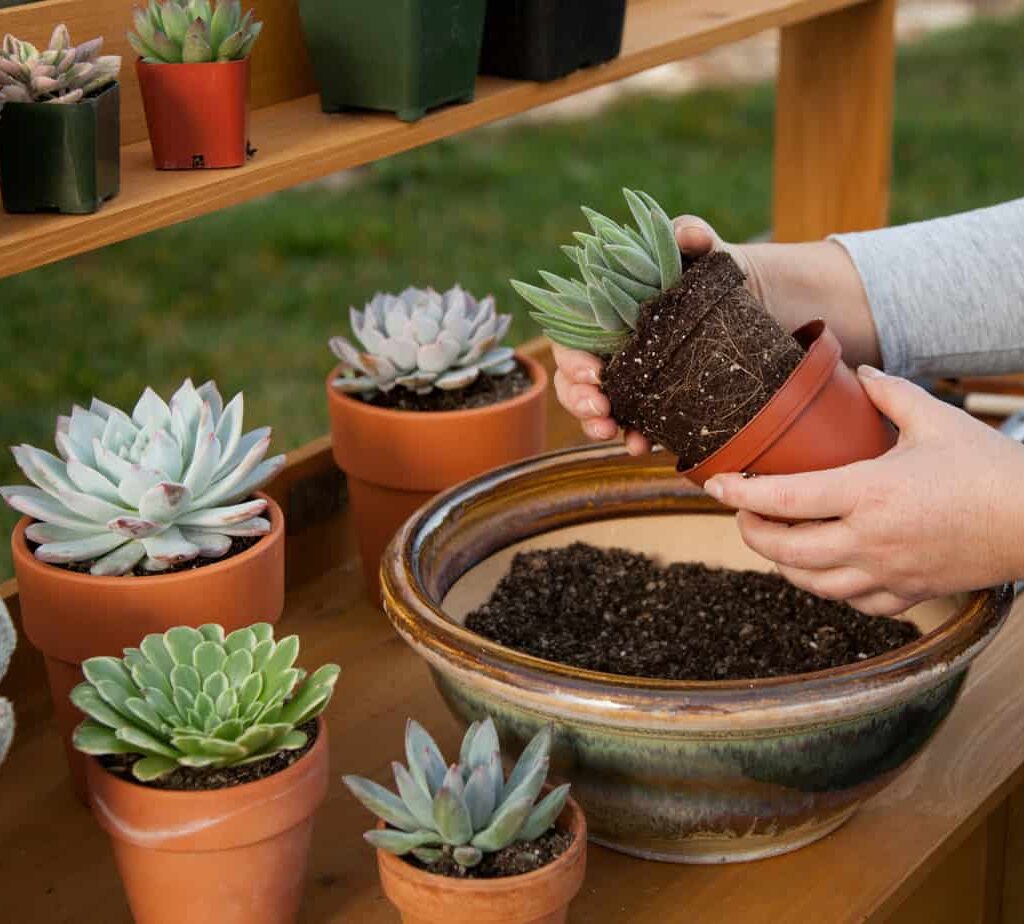
1. Provide Bright, Indirect Sunlight
Light is the lifeblood of succulents. These sun-loving plants typically need at least 6 hours of bright, indirect sunlight daily to thrive. Insufficient light is one of the most common issues leading to leggy, stretched, or pale succulents.
For indoor succulents:
- Place them in a south- or east-facing window where they receive ample light.
- If your home lacks natural sunlight, supplement with full-spectrum grow lights.
For outdoor succulents:
- Position them where they’ll receive morning sun and afternoon shade, especially in hot climates.
- Gradually acclimate them to full sun to avoid sunburn, which appears as brown or bleached patches on leaves.
Signs of insufficient light:
- Elongated, stretched stems (etiolation)
- Dull, faded leaves
- Leaning towards the light source
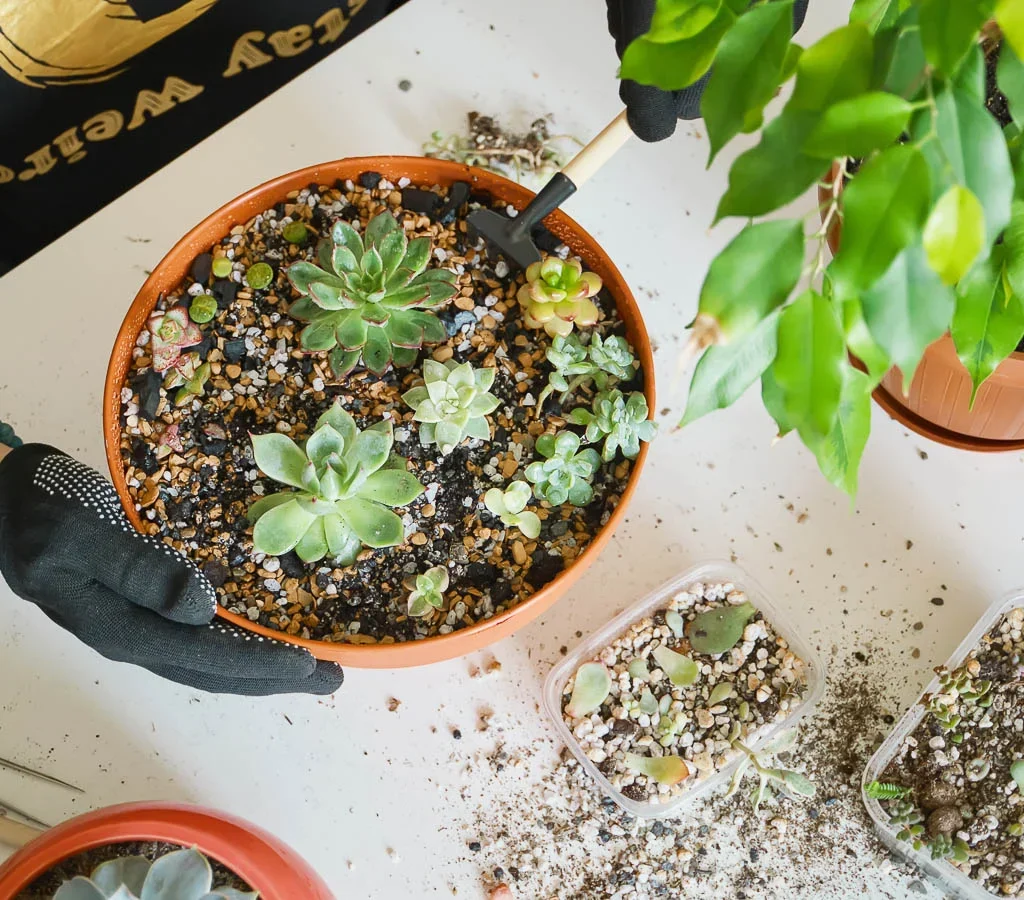
2. Use Well-Draining Soil
Succulents detest waterlogged roots. The key to preventing root rot is planting them in well-draining soil that mimics their natural desert habitats.
Ideal soil mix:
- Commercial cactus and succulent potting mix is readily available and well-suited.
- Or make your own: combine 2 parts potting soil, 1 part coarse sand, and 1 part perlite or pumice for excellent drainage.
Avoid: Regular garden soil, which retains too much moisture.
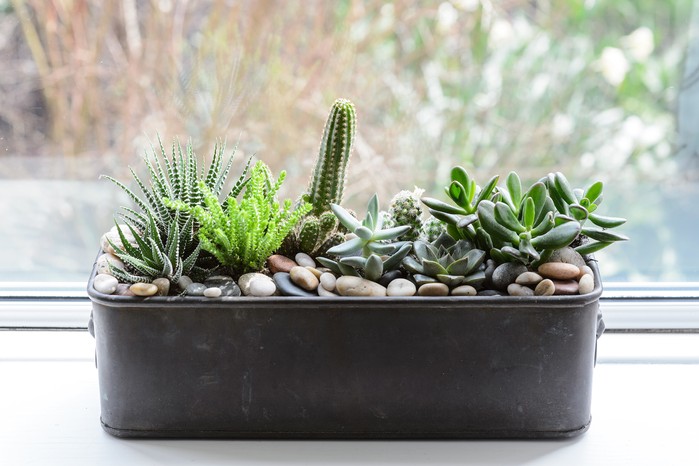
3. Water Using the ‘Soak and Dry’ Method
Overwatering is the leading cause of succulent failure. These hardy plants prefer to dry out completely between waterings.
How to water succulents properly:
- Water thoroughly until it drains from the bottom.
- Allow the soil to dry out completely before watering again.
- Adjust frequency based on the season and environment — typically every 1–2 weeks in summer and as little as once a month in winter.
Signs of overwatering:
- Mushy, translucent leaves
- Blackened stems
- Moldy or soggy soil
Signs of underwatering:
- Wrinkled, shriveled leaves
- Drooping growth

4. Always Use Pots with Drainage Holes
No matter how beautiful your container is, if it lacks drainage, it’s a recipe for root rot. Succulents need excess water to escape freely.
Tips:
- Choose terracotta or clay pots — they’re breathable and allow moisture to evaporate.
- If using a decorative pot without a hole, place your succulent in a plastic nursery pot inside the decorative container and remove it when watering.
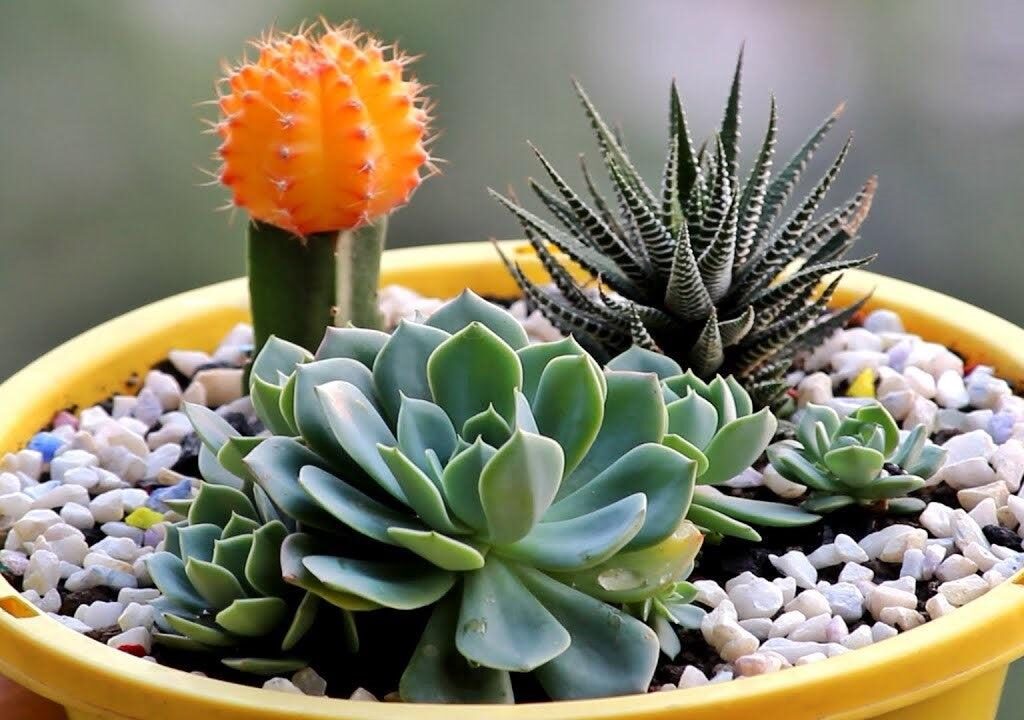
5. Remove Dead or Dried Leaves
As succulents grow, their lower leaves naturally die off. It’s important to remove these regularly to prevent pest infestations and rot.
How to clean up succulents:
- Gently pull away dead or dry leaves with your fingers.
- Use tweezers or a soft brush to remove debris between tightly packed leaves.
This simple task keeps your plant healthy and looking neat.
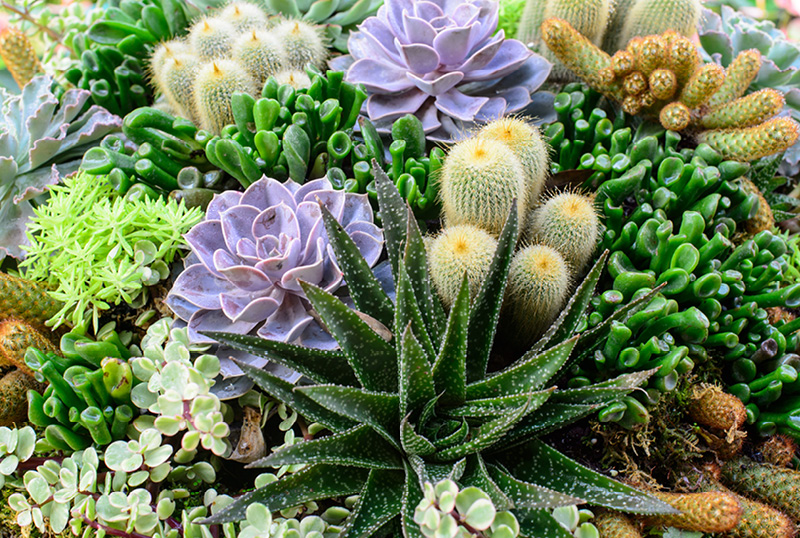
6. Watch for Common Pests
While generally hardy, succulents can occasionally fall victim to pests like mealybugs, aphids, or spider mites.
How to spot them:
- Mealybugs appear as white, cottony clumps in leaf crevices.
- Spider mites leave tiny webbing and speckled discoloration.
- Aphids cluster around new growth.
Treatment tips:
- Isolate affected plants immediately.
- Wipe pests away with a cotton swab dipped in rubbing alcohol.
- Use insecticidal soap or neem oil spray for persistent infestations.
7. Maintain Ideal Temperature and Humidity
Succulents prefer warm, dry climates. Most thrive in temperatures ranging from 60°F to 85°F (15°C to 29°C).
Care tips:
- Protect them from frost — move potted succulents indoors when temperatures drop below 40°F (4°C).
- Avoid placing them near cold drafts, radiators, or air conditioning vents.
- Low humidity is best; high humidity can lead to fungal issues.
8. Propagate New Plants Easily
One of the joys of succulent care is how easy they are to propagate. You can create new plants from leaves, cuttings, or offsets (pups).
How to propagate succulents:
- Leaf propagation: Twist off a healthy leaf, let it callous for 1–2 days, then place it on well-draining soil. Mist lightly until roots develop.
- Stem cuttings: Cut a healthy stem, allow it to dry, then plant it in soil.
- Offsets: Separate baby plants from the base of the mother plant and pot them individually.
Propagation is rewarding and a great way to expand your collection.
9. Fertilize Lightly During the Growing Season
Succulents don’t need much fertilizer, but a light feeding during active growth (spring and summer) can boost color and growth.
Fertilizer guidelines:
- Use a balanced, diluted liquid fertilizer (such as 10-10-10 or 20-20-20 at half strength).
- Fertilize once a month in spring and summer.
- Skip feeding in fall and winter when growth naturally slows.
Tip: Over-fertilizing can lead to weak, leggy growth.
10. Repot Succulents Every 1–2 Years
Over time, succulents can outgrow their containers or deplete the soil of nutrients. Repotting ensures they have fresh soil and adequate space to continue thriving.
Signs it’s time to repot:
- Roots growing through drainage holes
- Soil dries out too quickly or stays wet
- The plant looks crowded or top-heavy
How to repot succulents:
- Gently remove the plant from its current pot.
- Shake off old soil and inspect roots.
- Trim any dead or rotting roots.
- Place the plant in a new pot with fresh, well-draining soil.
- Wait 1–2 days before watering to allow root wounds to heal.
Final Thoughts
Succulent plants bring a world of beauty and resilience to any garden, balcony, or indoor space. Though famously low-maintenance, they flourish best when given thoughtful care tailored to their natural preferences.
By following these 10 essential care tips — from providing plenty of bright light to avoiding overwatering and ensuring good airflow — you’ll keep your succulents healthy, colorful, and long-lasting.
Whether you’re nurturing a single potted echeveria on your desk or curating a sprawling outdoor succulent garden, these guidelines will help you grow confident in your plant care skills and enjoy these delightful, sculptural plants for years to come.
